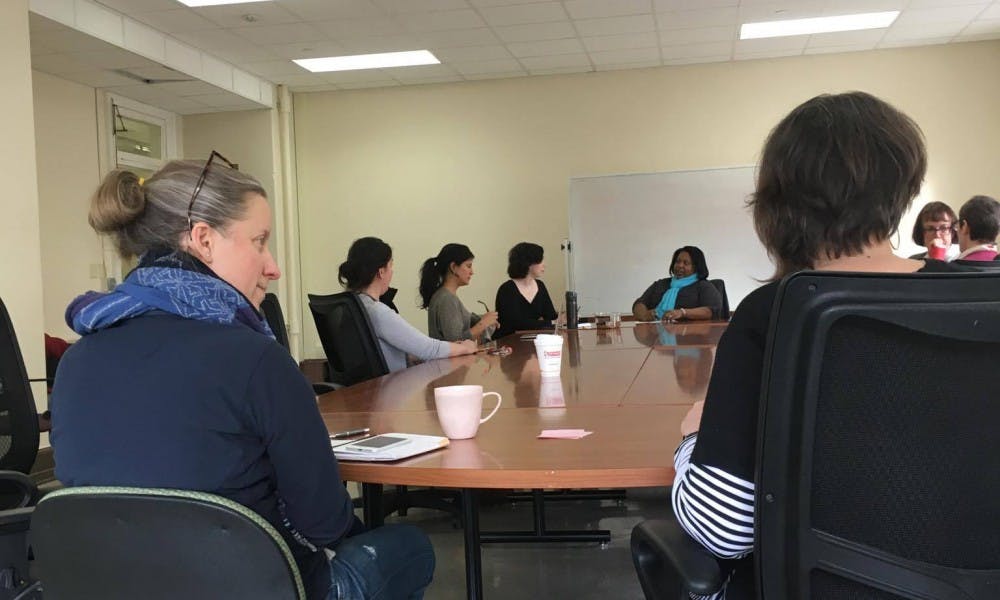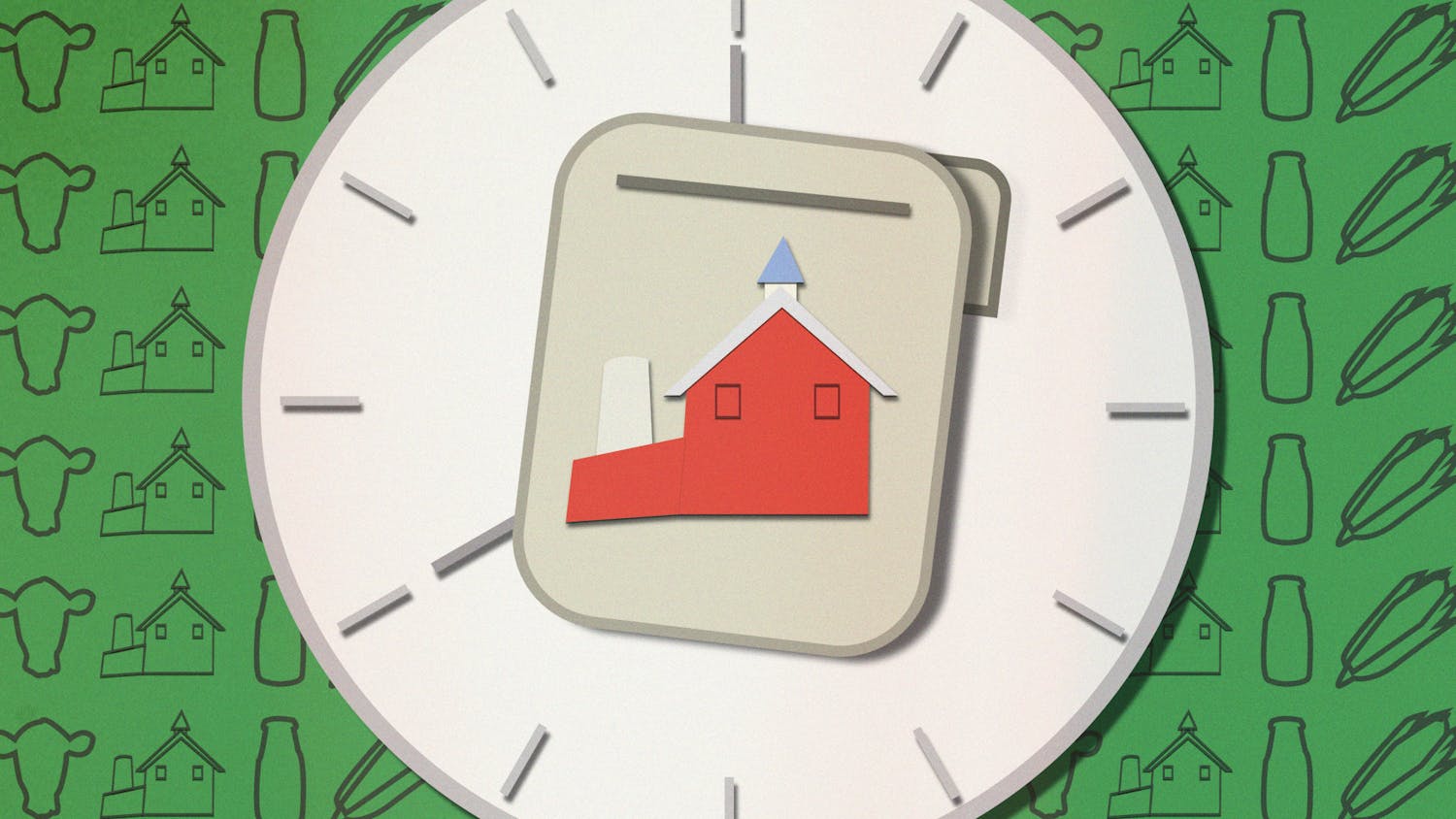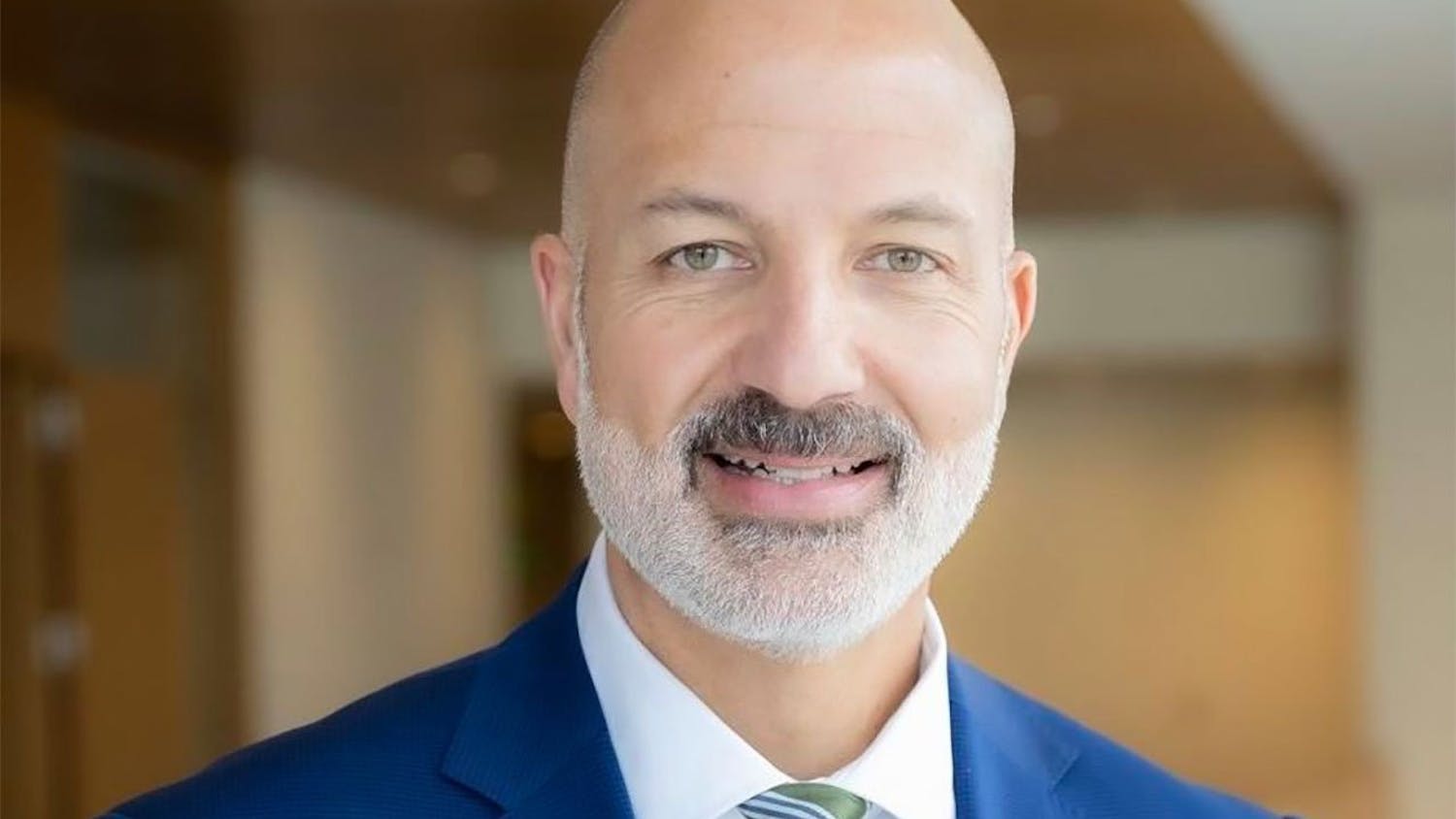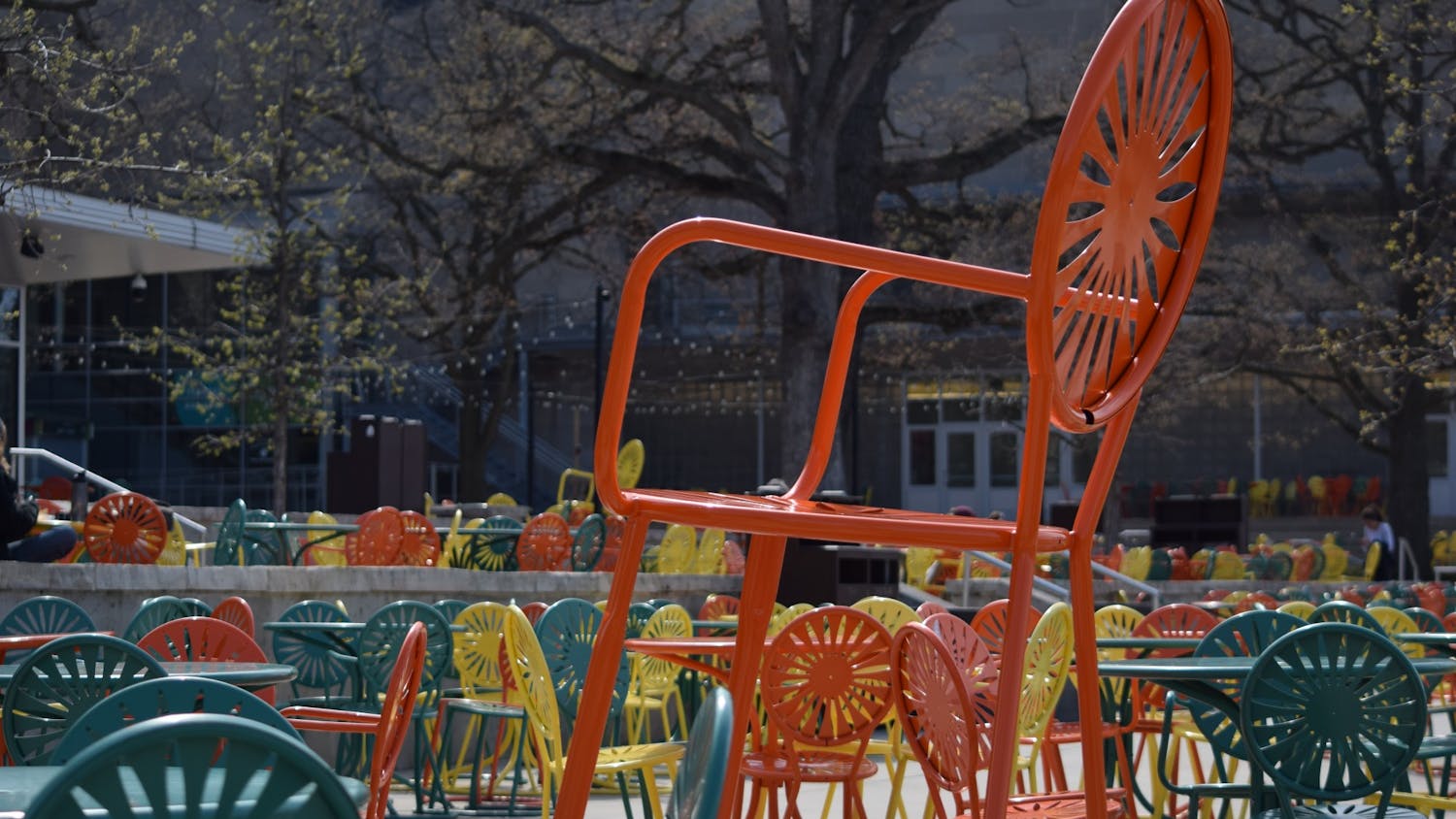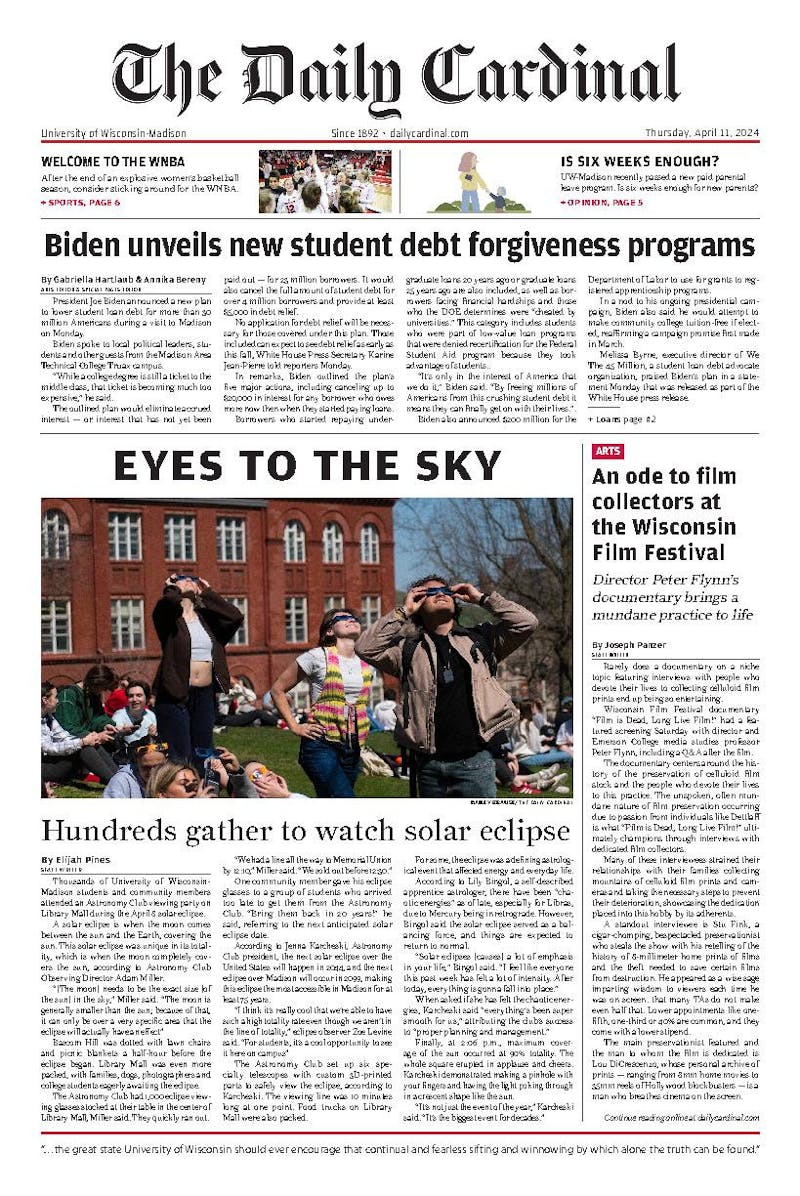UW-Madison instructors debated how they should deliver course content to this generation of college students that have seen the term “trigger warning” splashed on recent headlines.
Ellen Samuels, an associate professor in the Gender and Women’s Studies and English departments, gathered a group of students, faculty and staff to discuss how instructors can handle the communication of difficult content in their courses.
The group discussed comfort in classrooms, and whether students should feel comfortable in classes. Samuels said it is difficult to balance calls from students who feel uncomfortable with maintaining the values instructors feel are important to have in the course.
Christy Clark-Pujara, an associate professor in the Department of Afro-American Studies, touched in this idea. She teaches the history of slavery in the United States—a class that features several difficult topics and visual images, including photos of lynchings. She said if a student asks to leave she will not say no, but she does not give students the opportunity to opt-out.
“I tell [my students] that what you’re gonna see is disturbing, what you’re going to see is real, and I leave it at that,” Clark-Pujara said. “If you're going to learn the history, you have to understand what people experienced and people who lived in that period didn’t get to opt-out of that.”
Ann Fink, a Wittig Postdoctoral Fellow in the Department of Gender and Women’s Studies, said if an instructor’s goal is to make a respectful classroom environment, then they must set the tone of the classroom through content warnings. Content warnings are different from trigger warnings, a term which the group dissected.
Fink, who teaches a course that connects neurobiology, gender and trauma, said the term “trigger warning” does not make sense, and offers a content warning at the start of each semester she teaches.
“For a traumatic memory, a trigger is something so specific and so individual, it can be a particular site, sound, smell that you really can’t control for in the classroom, and it would be disingenuous to say that you could,” Fink said. “Bringing up the topic doesn’t necessarily lead to retraumatization, the deciding factor behind that is the environment [instructors] create.”
The discussion touched on students, and how they may misuse the term trigger warning to say “I didn’t like that.” Clark-Pujara drew the conclusion of her thoughts by saying that she wants her students to be shocked.
“I think we do some of our best learning when we're uncomfortable,” Clark-Pujara said. “It can change how we see the world, it can change how we navigate within the world. I think it can serve a purpose if done in a constructive and contextualized manner.”

